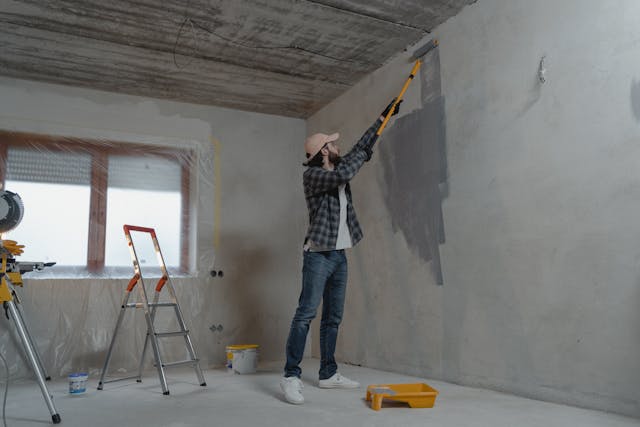When planning home renovations in Calgary, you should remember this important thing: radon testing. Radon is a gas you cannot sense because it is both colourless and odourless. If it builds up in your home, it can cause health problems. So, carefully conduct the test before beginning home renovations or repair work.
Why Radon Testing Should Be Part of Your Renovation Plan?
Home renovations might change the structure and air in your house, raising radon levels. Changing insulation, swapping out windows, or adjusting the foundation can influence the levels of radon in your home. For this reason, it is vital to do radon testing Calgary both before and after renovations.
Radon levels in different neighbourhoods in Calgary can differ greatly. Two houses next to each other could still have different amounts of radon. Testing helps you discover any unique problems at your property and address them immediately.
Understanding the Health Risks of Radon
Radon is responsible for more cases of lung cancer in Canada than any other substance, except for cigarettes. A lengthy exposure to elevated radon levels can still pose a serious risk. Radon can have more severe effects on children and the elderly.
The gas can enter houses through gaps in the foundation, around the pipes, or through different holes. Once the building is sealed, dangerous levels can appear, mainly in the basement and ground floors. Frequent testing is required to determine whether your house has radon.
When to Test for Radon
Doing the radon test at the right time ensures the results are accurate. You should always remember to test for radon in these situations:
- Before renovation
- After renovation
- During the colder months of winter
Choosing the Right Radon Test
The testing process involves two major types of radon tests. These include short-term and long-term. Short-term tests are run for 2 to 7 days. This often gives quick results.
However, long-term tests last for 90 days or longer. This gives it a more reliable average of radon in order to have the most reliable results.
You can buy a DIY radon test kit from local stores or online sites. If preferred, a qualified expert can carry out the testing. Thorough testing by professionals can give you better information, especially in cases of high radon levels.
Mitigating High Radon Levels
If you detect radon above the acceptable level, look for helpful solutions. You can opt to use a sub-slab depressurization system. This is where a pipe and fan underneath the foundation eliminate radon gas from your home. It has the potential to lower the level of indoor radon significantly.
To protect against radon, gaps in floors and walls should be fixed. Ask a certified professional for advice on handling radon problems in your home. Remember to resolve any radon problems right away for your safety.
In conclusion, renovating your home is fun. However, you should always keep safety and your desired style in mind. If you test your home for radon before renovating, contact experts. This way, you will not just protect your family. You will also ensure your home’s security.

